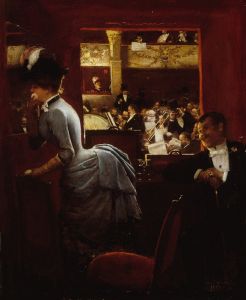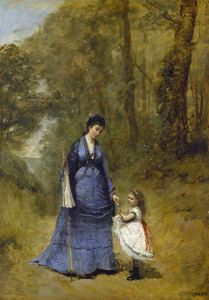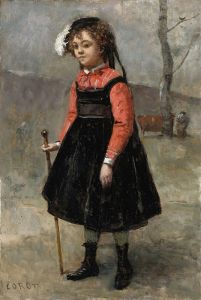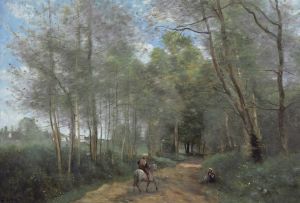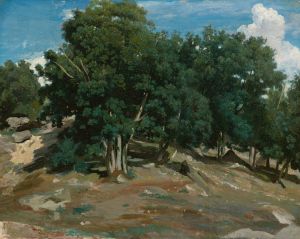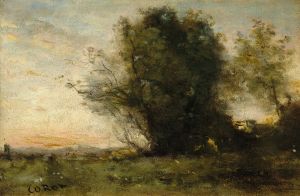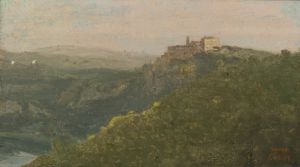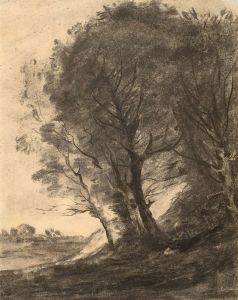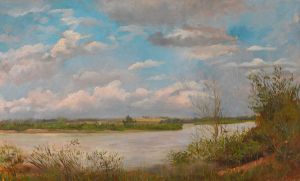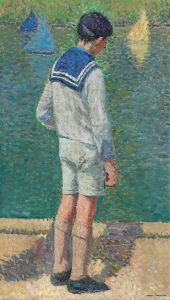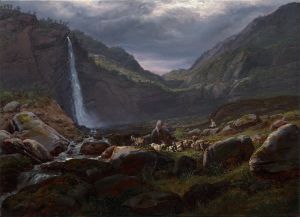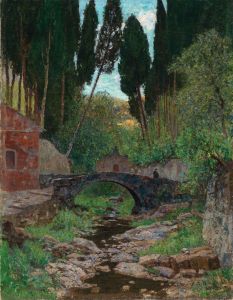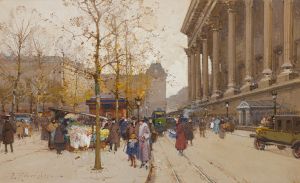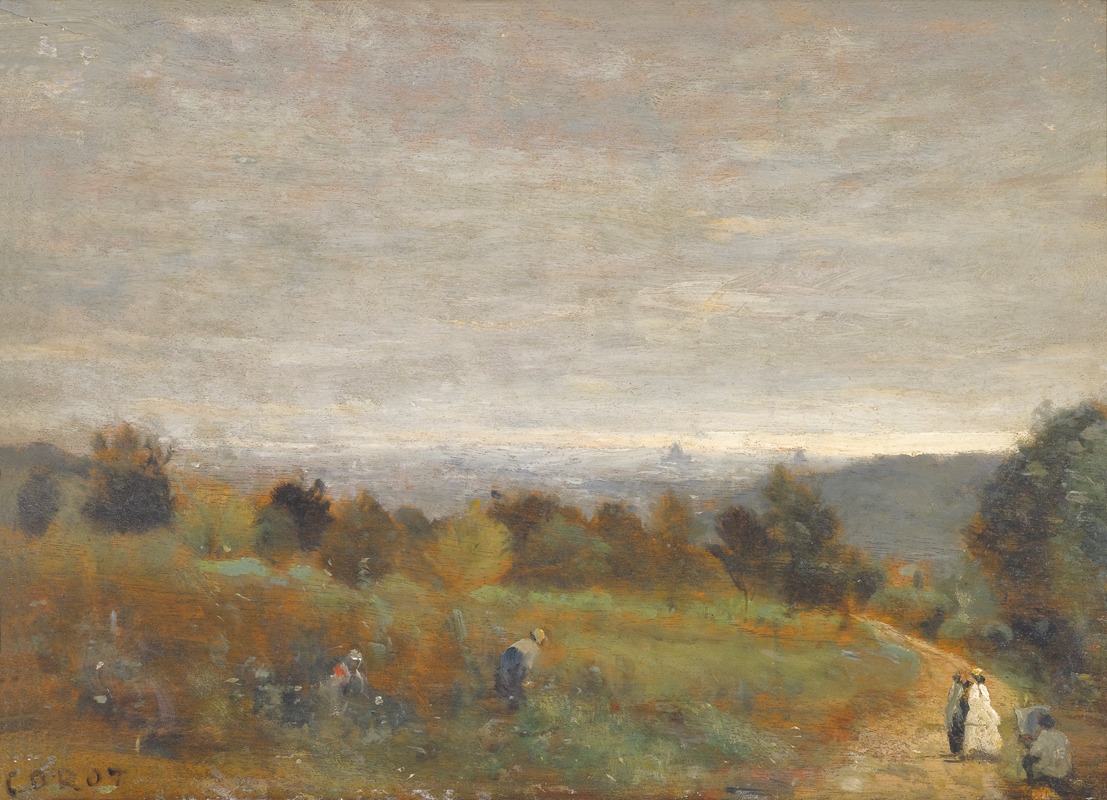
Les Hauteurs De Sèvres, Paris en Arriere-Plan
A hand-painted replica of Jean-Baptiste-Camille Corot’s masterpiece Les Hauteurs De Sèvres, Paris en Arriere-Plan, meticulously crafted by professional artists to capture the true essence of the original. Each piece is created with museum-quality canvas and rare mineral pigments, carefully painted by experienced artists with delicate brushstrokes and rich, layered colors to perfectly recreate the texture of the original artwork. Unlike machine-printed reproductions, this hand-painted version brings the painting to life, infused with the artist’s emotions and skill in every stroke. Whether for personal collection or home decoration, it instantly elevates the artistic atmosphere of any space.
Jean-Baptiste-Camille Corot, a pivotal figure in 19th-century French painting, is renowned for his landscape works that bridge the Neoclassical tradition and the burgeoning Impressionist movement. One of his notable works, "Les Hauteurs De Sèvres, Paris en Arriere-Plan," exemplifies his mastery in capturing the serene beauty of the natural world while subtly incorporating urban elements.
Corot was born in Paris in 1796 and became a leading figure in the Barbizon School, a group of painters who sought to break away from the formalism of academic art and instead focus on naturalistic landscapes. His work often reflects a harmonious blend of light, atmosphere, and form, which would later influence the Impressionists.
"Les Hauteurs De Sèvres, Paris en Arriere-Plan" is a testament to Corot's ability to depict the tranquility of rural landscapes with a hint of urban life. The painting features the heights of Sèvres, a commune in the southwestern suburbs of Paris, known for its picturesque views and proximity to the city. In the background, the skyline of Paris is subtly integrated, providing a contrast between the calm of the countryside and the distant hustle of the city.
Corot's technique in this painting is characterized by his delicate brushwork and a muted color palette, which imbues the scene with a sense of calm and timelessness. His use of soft, diffused light creates an ethereal quality, enhancing the atmospheric perspective that he was celebrated for. This approach allows the viewer to experience the landscape as a peaceful retreat, with the city of Paris serving as a gentle reminder of the world beyond.
Throughout his career, Corot was known for his plein air painting, a method that involved painting outdoors to capture the natural light and atmosphere of a scene. This technique is evident in "Les Hauteurs De Sèvres, Paris en Arriere-Plan," as the painting conveys an immediacy and freshness that suggests it was painted on-site. Corot's ability to convey the essence of a landscape with such simplicity and elegance is a hallmark of his work.
The painting also reflects Corot's interest in the interplay between nature and human presence. While the landscape dominates the composition, the distant view of Paris hints at the encroachment of urbanization, a theme that was becoming increasingly relevant during Corot's lifetime as cities expanded and rural areas began to change.
Corot's influence on subsequent generations of artists cannot be overstated. His innovative approach to landscape painting, particularly his emphasis on capturing the transient effects of light and atmosphere, paved the way for the Impressionists, who would further explore these themes in their work. Artists such as Claude Monet and Camille Pissarro drew inspiration from Corot's techniques and his dedication to painting en plein air.
"Les Hauteurs De Sèvres, Paris en Arriere-Plan" remains an important work within Corot's oeuvre, showcasing his ability to blend natural beauty with subtle urban elements. It serves as a reminder of his significant contribution to the evolution of landscape painting and his enduring legacy in the art world.





